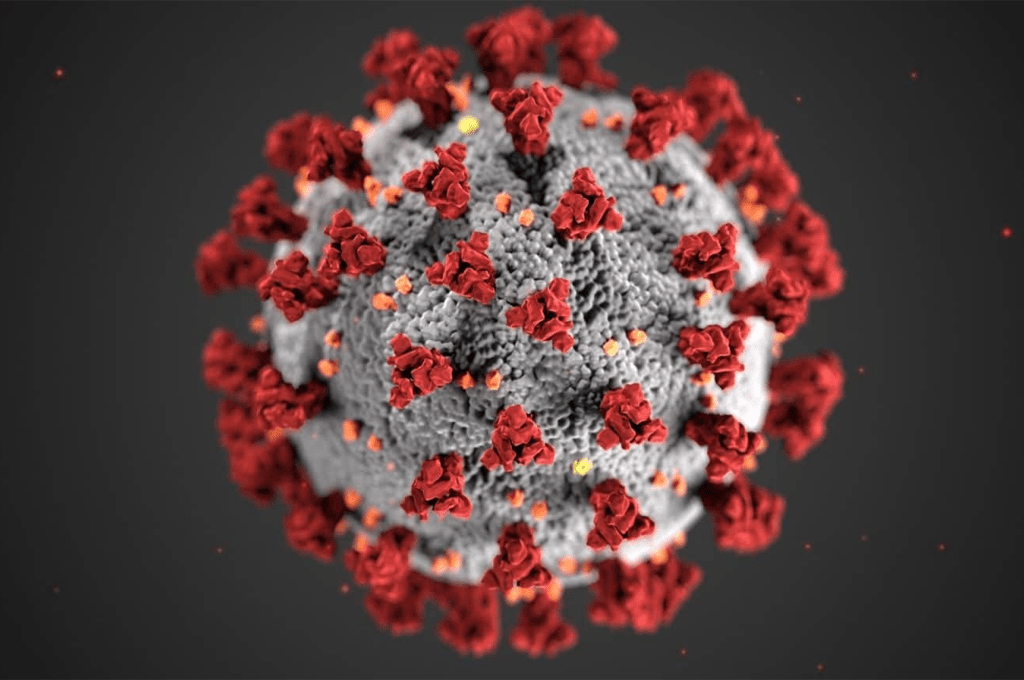The origin of a new species of Darwin’s finches
Darwin’s finches in the Galápagos archipelago provide an iconic model for the evolution of biodiversity on earth due to natural selection. A team of scientists from Princeton University and Uppsala University now reports that they have observed the origin of a new species using sequencing at the SciLifeLab National Genomics Infrastructure. The results show that the new lineage was formed by the hybridization of two different species of Darwin’s finches. The study is published in Science magazine.
Direct observation of the origin of a new putative species occurred during field work carried out by Rosemary and Peter Grant, Princeton University, on the small island of Daphne Major for 40 consecutive years. In 1981 they observed an immigrant male that sang an unusual song and differed in size from all resident species on the island. The male bred with a resident medium ground finch female and thereby initiated a new lineage which they named the Big Bird lineage. They followed the new lineage for 6 generations over 30 years. DNA sequence data now reveal that the immigrant male was a large cactus finch. Remarkably, it must have flown to Daphne from Española Island, which is more than 100 km to the southeast.
All 18 species of Darwin’s finches have been derived from a single ancestral species that colonized the Galápagos 1-2 million years ago. They have diversified into different species, and changes in beak morphology in particular have allowed different species to utilize different food sources on the Galápagos. Thus, another critical requirement for speciation to occur through hybridization is the new lineage must be ecologically competitive, and this has been the case for the Big Bird lineage.
‘The interesting aspect of this study is that a hybridization between two distinct species led to the development of a new lineage that after only two generations behaved as any other species of Darwin’s finches. If a naturalist had come to Daphne Major island without knowing that this lineage arose very recently it would have been recognized as one of the four species on the island. This clearly demonstrates the value of long-running field studies’, says Leif Andersson (Uppsala University/SciLifeLab, the Swedish University of Agricultural Sciences and Texas A&M University).




